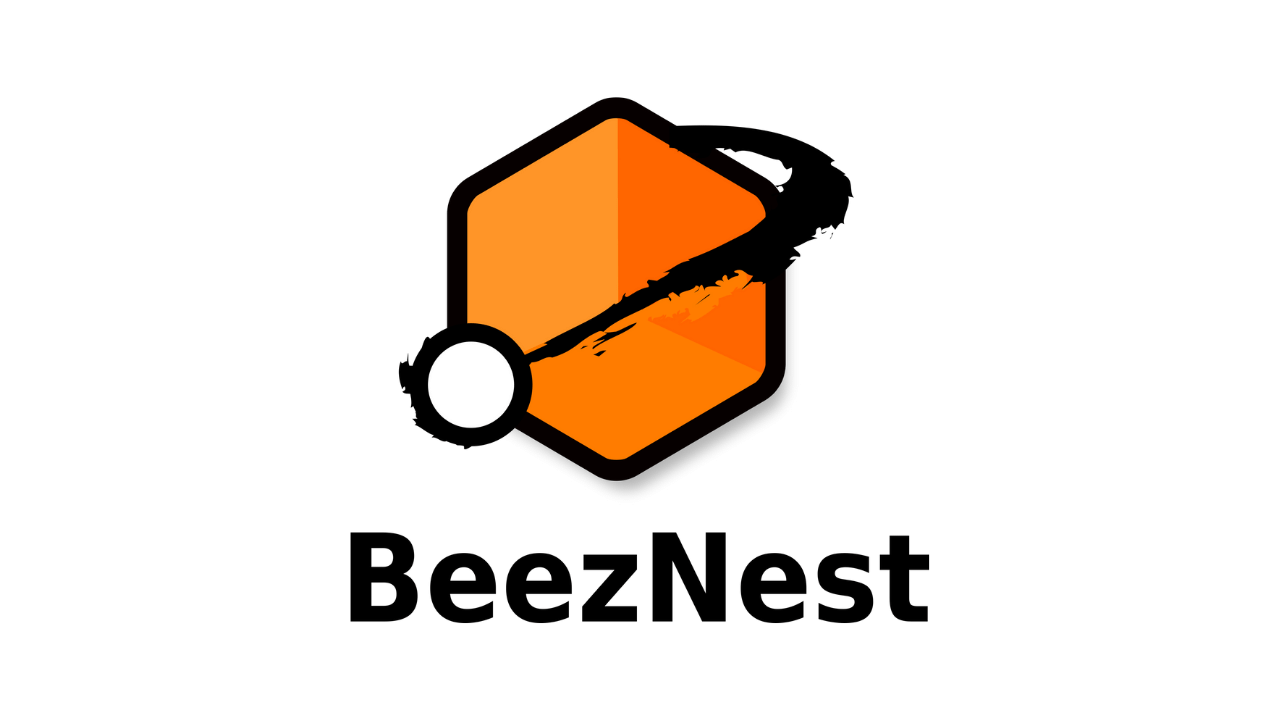Data is everywhere and has become a crucial issue for several business sectors, notably education and training. Michel B. described perfectly the situation when he declared:
“In many sectors, including education, the amount of data has greatly increased during the past 15 years. It is necessary to make sense of this data to improve the decision-making abilities of schools and universities. ”(Baldassarre Michele, 2016)
Indeed, with the use of New Technologies in pedagogy, learners leave an important amount of traces of their learning activities.Consequently the tracking of those data becomes strategic. Bookstores managers use learning data to follow and measure learning habits. (Sherriff, Benson, & Atwood, 2019). Training organisations and learning providers have also taken on the processing of learning data and are trying to find out how to use it properly:
“Due to the increasing growth in available data in recent years, all areas of research and the management of institutions and organizations, specifically schools and universities, feel the need to give meaning to this availability of data” (Baldassarre Michele, 2016). In their attempts to use learning data to improve learning, adherent of online learning use tracking and artificial intelligence to personalize learning paths.
In this paper, we will refer to some studies in the field of tracking and adaptive learning in connection with learning data and AI. Then, we will suggest some points of vigilance from studies on the subject.
From data tracking to adaptive learning:
The applications of tracking and adaptive learning are highly interconnected, in particular in digital learning environments. As a result, making a study in the one implies studying the other. Indeed, “From the very beginning of educational computing, in the 1970s and 80s, a myth was born, carrying very great hopes, the one of adapting teaching to students. ” (Amédieu & Tricot, 2015, p. 53). This principle is based on three levers.
- Track incoming and outgoing data
- Process this data with artificial intelligence
- Propose an adapted learning path
Amadieu and Tricot equate this reasoning with Skinner’s approach, which recommends giving feedback to the learner based on their answers. Today, that belief is still living within the academic milieu. It’s, then, relevant to investigate the result of the implementation of adaptive learning in training programs.
Some studies results on tracking:
Almost all studies revealed a beneficial impact of learning data tracking on learners’ progress. This is the case with a studies that analyzed the contribution of learning data through the TrAVis tool (May, George, & Prévot, 2011). The results of the study suggested that the tracking of learning data and their availability to learners allows them to better put their competencies into practice in their learning.
Another study at the University of Pavia analyzed learning data on the institution e-learning platform-operamultimedia- that uses deep learning principles. The main focus of the study was on the importance of evaluations in anticipating learners’ performances in order to offer students individualized pathways. (Figini & Giudici, 2009).
In means predicting / anticipating the performance of the learners in order to offer them suitable learning paths, the team identifies the following steps:
- collecting learning data from classic routes
- modulating the data
- integrate the data in a database to train the algorithm
- Configure the algorithm with the generalized additive model
Thanks to this preliminary work, the algorithm was able, in complete autonomy, to analyze the learner’s data and determine the best course to enable him to met the learning objectives. This concept of adaptive learning corresponds to the idea that artificial intelligence alone can become “the intelligent tutor” which, without human action, allows the learner to progress. The trainer’s place is limited to the design of the courses materials and the assessment activities. The algorithm will be responsible for determining which content to redirect the learner to and the best learning method for him.
The following scheme can help have a better idea of how such a learning system works:
by Pearson and Adsurge
The Use of adaptive learning in adult training:
Some researches unequivocally affirm the usefulness and the effectiveness of the principles of adaptive learning for adult training in digital learning environments as we can read in the following assertion: “The essence of adaptive learning technologies of adults is defined; the value of information technologies as a tool of adaptive learning of adults which provides conditions for personal growth, social and professional competence development is proved. ”(Olena I. Ohiienko, 2011). However, this field has not yet revealed all its secrets and a significant number of researches are in progress in the field of adaptive learning because, at this stage, no unanimously recognized methods to study learning environments using the principles of adaptive learning and many issues remain unelucidated. (Pérez-Sánchez, Fontenla-Romero, & Guijarro-Berdiñas, 2018).
In another team of researchers conducted a study with 83 university students enrolled in the program for critical thinking training and proficiency in English in a digital environment. (1) They organized a pre-test for the TOIC program. Then, they made groups according to the students results. (2) Then, each group received course contents according to their level. (3) Then feedback and data on the use of the platform were used to offer personalized lessons to certain students. The results showed that the “adaptive” method improved the level of the participants.
This adaptive learning system resembles that in the Pearson and Adsurge scheme, but in this study it is the trainers themselves and not an AI that determine the adapted courses and makes them available on the platform.
Caution!
Even if the field of “data tracking”, “adaptive learning” and AI brings great hopes in training, in general, and that of adults in particular, there are points of vigilances which deserve our attention. We propose to discuss one of them that have been addressed by recognized researchers in the field: data protection in adaptive learning systems.
Use of data
The question of the protection of personal data quickly arose in the tracking of data and the use of artificial intelligence algorithms especially in public administrations. This is valid for universities and public programs. Despite the obligation to protect data, some people advocated for transparency and demanded access to the data with which the algorithms were trained. In fact, “The principle of opening up public data was raised in 1978 in France with the principle of accessibility to administrative files and in opposition to the tradition of secrecy and opacity that prevailed in the public sector . ”(Bourcier & De Filippi, 2018, p. 13). The issue of transparency in algorithm programming is more claimed in the use of algorithms in court decisions, tax audits as in the program “Taxpayer Compliance Measurement Program”, “Corrective Offender Management Profiling for Alternative Sanctions” in the United States, the “Harm Assessment Risk Tool Offender “in England and” OpenVisa “in France. This demand for transparency would also addressed to public training establishments that might use algorithms in learning devices.
A study was carried out by a team of researchers. It showed how important it is to respect the protection of learners’ data in order to establish a relationship of trust between all the actors involved in that kind of program. Researchers identify three essential criteria for using the data, even for educational purposes. (1) Learners must be informed of the collection and use of data concerning them. (2) Tracking should only be done with and after the learner’s consent. (3) The learner must be able to interrupt the tracking as soon as he wants. (4) The data collected should only be used for the purpose for which the learner has given his consent. (May & George, 2011).
In addition, Article 5 of the GDPR states: “1. Personal data must be: a) processed lawfully, fairly and transparently with regard to the data subject (lawfulness, loyalty, transparency). “(Vollmer, 2018).
Recap:
we can see that the concepts of (1) “learning data”, (2) “data tracking”, (3) “adaptive learning” and (4) AI, can only be properly apprehended when they are applied to a given educational device/ learning environment and must be studied in relation with that device or environment to be effective. The European innovative education policy is thus an interesting example insofar as it makes it possible to grasp these concepts through the prism of informal learning and OER which often take place outside formal courses and therefore involve broader issues than the purely technical and theoretical aspects of these. concepts (1), (2), (3) and (4).
References:
http://silkc-project.website/en/2020/02/18/data-as-the-key-to-an-efficient-adaptive-learning-in-digital-environments/
DISCLAIMER: This project has been funded with support from the European Commission.
This publication [communication] reflects the views only of the author, and the Commission cannot be held responsible for any use which may be made of the information contained therein.


